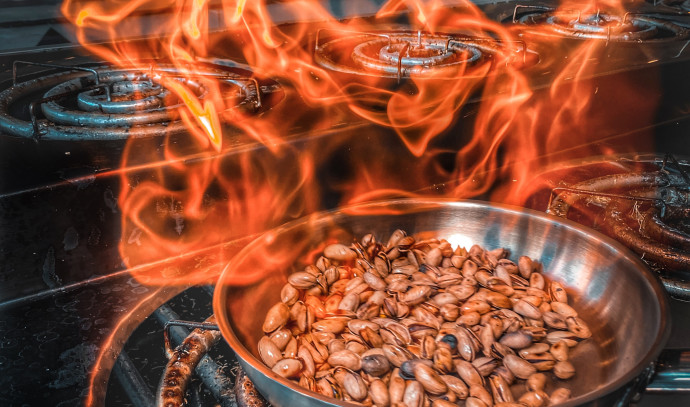A recent study conducted by scientists at Stanford University, in collaboration with researchers from the National Institutes of Standards and Technology (NIST), the University of Maryland and Colorado State University, has uncovered a surprising connection between foods cooked at high temperatures and an elevated risk of cancer.
The peer-reviewed study, published in ACS Central Science and led by senior author Eric Kool, a professor in Chemistry at Stanford, is the first of its kind to demonstrate that components of DNA damaged by heat can be absorbed through digestion and incorporated into the DNA of the person consuming the food.
This uptake of damaged DNA directly affects the consumer’s DNA, potentially triggering genetic mutations that could lead to cancer and other diseases.
Although the study was conducted using lab-grown cells and mice and further resaerch is needed to determine if the same occurs in humans, these findings have significant implications for dietary choices and public health.
“We have shown that cooking can damage DNA in food and have discovered that consumption of this DNA may be a source of genetic risk,” Kool stated. “Building upon these findings could really change our perceptions of food preparation and food choices.”
Previous studies liked the consumption of burned, fried foods
Previous studies have linked the consumption of burned and fried foods to DNA damage, primarily attributing it to small molecules formed during cooking.
However, the quanitity of these small molecules produced during typical cooking is significantly less than the amount of DNA naturally present in food.
The study’s findings suggest that damaged DNA in food, which contains nucleotides readily incorporated into the consumer’s DNA, could pose a more substantial risk than previously realized.
Many individuals are unaware that hte food they eat contains DNA from the organisms it originated from. For example, a 500-gram beef steak contains over a gram of cow DNA.
This highlights the potentially significant exposure to heat-damaged DNA that humans may face.
How did they conduct the study?
The researchers cooked ground beef, ground pork and potatoes at different temperatures and observed DNA damage in all three foods.
Higher cooking temperatures resulted in increased DNA damage, even at relatively low temperatures such as boiling.
Lab-grown cells exposed to heat-damaged DNA components showed significant DNA damage, and mice fed a solution containing these components exhibited damage in the cells lining the small intestine, where digestion occurs.
Further research is planned to explore a broader range of foods and cooking methods, particularly those with high DNA content such as animal products.
Long-term studies are necessary to assess the chronic health risks associated with consuming heat-damaged DNA over extended periods.
“Our study raises a lot of questions about an entirely unexplored, yet possibly substantial chronic health risk from eating foods that are grilled, fried, or otherwise prepared with high heat,” Kool said. “We don’t yet know where these initial findings will lead, and we invite the wider research community to build upon them.”



